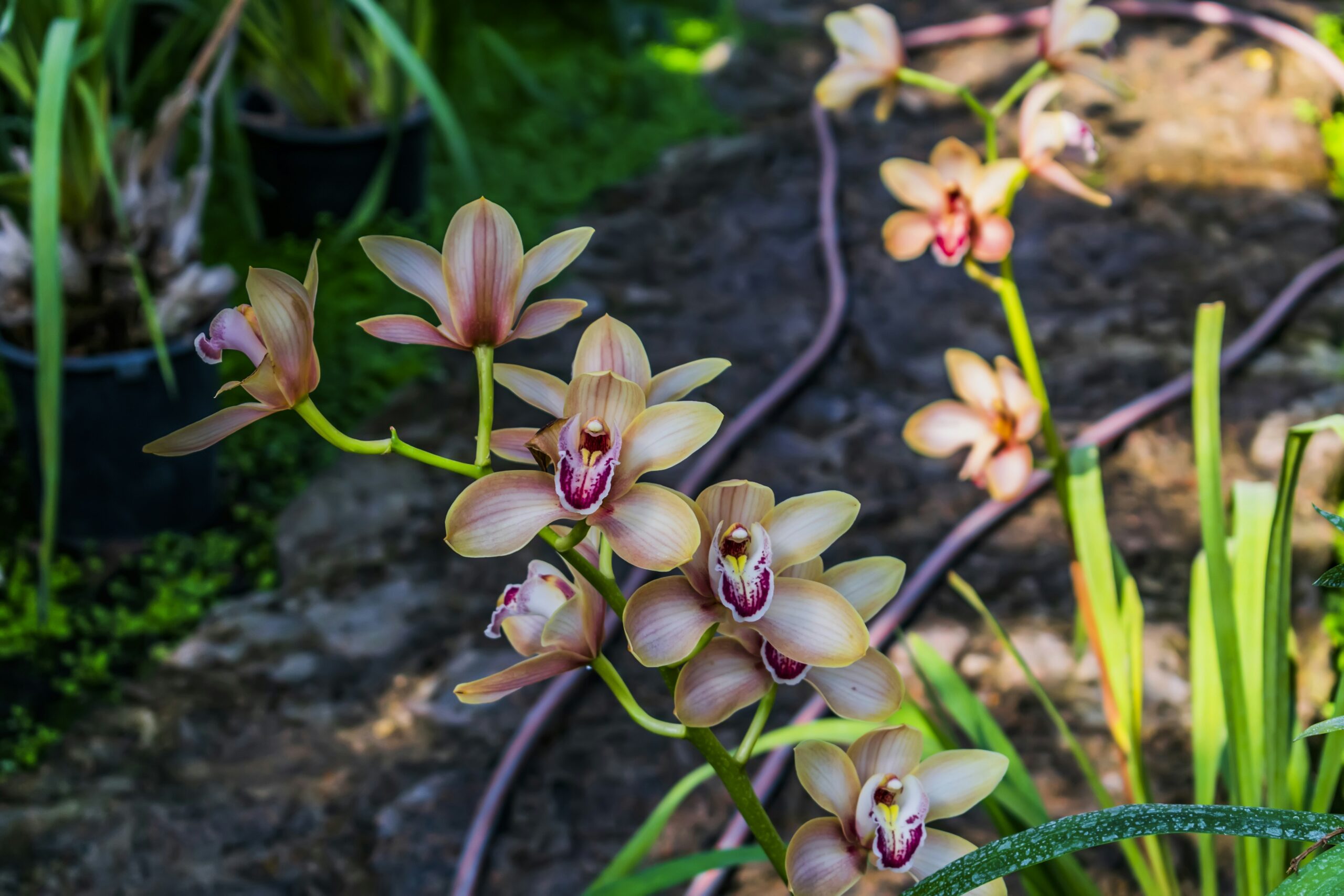In the world of photography, capturing stunning images of wildlife and landscapes can be a challenge, especially when using a smartphone or compact camera. That’s where digiscoping comes in. But what exactly is digiscoping, and how can you bring it to the next level? In this article, we’ll explore the various types of digiscoping adapters available to help you capture those extraordinary moments with precision and ease. From universal adapters to dedicated adaptors for specific camera models, we’ll uncover the wide range of options that cater to your unique photography needs. So, get ready to take your digiscoping game to new heights and unlock the potential of your favorite gadget – all with the help of these versatile adapters.
Understanding Digiscoping Adapters
Digiscoping refers to the practice of using a digital camera, such as a smartphone or a DSLR, to take photos through a spotting scope or telescope. The main purpose of digiscoping adapters is to connect your camera or smartphone to the optical device, allowing you to capture high-quality images of distant subjects. These adapters come in various types and designs to suit different devices and photography needs.
Universal Digiscoping Adapters
Universal digiscoping adapters are versatile devices that are compatible with a wide range of cameras and optical devices. These adapters typically feature adjustable arms or clamps that can be securely attached to the eyepiece of your spotting scope or telescope. They also come with adjustable phone holders or camera mounts, making it easy to align your device with the optical device’s eyepiece.
One of the main benefits of universal digiscoping adapters is their flexibility. They can accommodate different sizes of eyepieces and can be used with various camera models, including smartphones, compact digital cameras, and some DSLRs. However, one drawback of these adapters is that they may not provide a completely stable connection between the camera and the optical device, which can result in some loss of image quality.
Universal digiscoping adapters are suitable for individuals who want to experiment with digiscoping using different camera types or optical devices. They offer a cost-effective solution for those who do not want to invest in multiple adapters for different devices.

Smartphone Digiscoping Adapters
Smartphone digiscoping adapters are specifically designed to hold smartphones securely in place and align them with the eyepiece of the optical device. These adapters typically consist of a smartphone holder, an eyepiece clamp, and an adjustable connector that allows you to adjust the positioning and alignment of your phone.
One of the major advantages of smartphone digiscoping adapters is their ease of use and installation. They are designed to fit most smartphones, regardless of their size or brand. With a simple setup, you can quickly attach your phone and start capturing stunning images of the world around you. Additionally, many smartphone adapters also include features like remote shutter releases or tripod mounts to further enhance your digiscoping experience.
When choosing a smartphone digiscoping adapter, it is important to ensure compatibility with your specific smartphone model. Some adapters may only be compatible with certain phone dimensions or camera orientations. It is also worth considering the durability and stability of the adapter, as some cheaper options may not provide a secure hold for your phone.
Camera Specific Digiscoping Adapters
Camera specific digiscoping adapters are designed for use with specific camera models. These adapters are tailor-made to ensure a precise and stable connection between your camera and the optical device. They generally have a custom-fit bracket or mount that attaches directly to the camera body, aligning the camera lens with the eyepiece of the optical device.
One of the unique features of camera specific digiscoping adapters is their ability to provide a more solid and stable connection. This results in improved image quality, as there is minimal movement or vibration between the camera and the optical device. Additionally, these adapters often have built-in features like magnification adjustment rings or focus locks, allowing for more precise control over the captured images.
To use a camera specific digiscoping adapter, you need to ensure that it is compatible with your specific camera model. Manufacturers typically provide a list of compatible cameras for each adapter. It is essential to check these compatibility lists or consult with the manufacturer before making a purchase.

Compact Digital Camera Digiscoping Adapters
Compact digital camera digiscoping adapters are specifically designed for use with compact point-and-shoot cameras. These adapters often feature a custom-fit bracket that attaches directly to the camera body, ensuring a secure connection between the camera and the optical device. They also have an eyepiece clamp or adapter ring that aligns the camera lens with the eyepiece.
One of the advantages of compact digital camera digiscoping adapters is their compact and lightweight design. They are typically easy to carry and can be quickly installed on the optical device. These adapters also offer a higher level of stability compared to the universal options, ensuring that your camera remains steady, resulting in sharp and clear images.
When choosing a compact digital camera digiscoping adapter, it is important to consider the specific camera model you own. Different adapters may be designed for different camera sizes or lens configurations. Additionally, it is important to ensure that the adapter is compatible with the eyepiece of your optical device.
Telescope Specific Digiscoping Adapters
Telescope specific digiscoping adapters are designed for use with specific telescopes or spotting scopes. These adapters are often custom-made by the telescope manufacturer to ensure a precise fit and alignment between the camera and the optical device. They typically consist of a mounting bracket that attaches directly to the telescope and a camera mount or smartphone holder that aligns the camera or phone with the eyepiece.
The main advantage of using telescope specific digiscoping adapters is their compatibility and optimized performance with the specific telescope model. These adapters are built to provide a solid and stable connection, resulting in minimal movement or vibration during image capture. This ensures high-quality images and allows for precise control over focus and magnification.
However, one potential drawback of telescope specific adapters is their limited compatibility with different camera or smartphone models. These adapters are designed specifically for certain telescope models and may not be suitable for other devices. It is essential to check the compatibility and requirements before purchasing a telescope specific adapter.

Micro Four Thirds Digiscoping Adapters
Micro Four Thirds digiscoping adapters are designed for use with cameras that use the Micro Four Thirds system. These adapters often feature a custom bracket or mounting system that attaches directly to the camera body. They also include an eyepiece clamp or adapter ring that aligns the camera lens with the eyepiece of the optical device.
One of the notable features of Micro Four Thirds digiscoping adapters is their compatibility with a range of cameras that use the Micro Four Thirds system. These adapters offer a precise and stable connection, resulting in high-quality images with minimal movement or vibration. They also allow for manual control over focus and exposure settings, providing more creative possibilities in digiscoping.
To install a Micro Four Thirds digiscoping adapter, you need to securely attach the adapter bracket to your camera body and align the camera lens with the eyepiece. Some adapters may require additional adjustments or alignments based on the specific camera model and optical device.
DSLR Digiscoping Adapters
DSLR digiscoping adapters are designed specifically for use with DSLR cameras. These adapters typically include a custom bracket or mount that attaches to the camera body, ensuring a precise and stable connection between the camera and the optical device. They also feature an eyepiece clamp or adapter ring that aligns the camera lens with the eyepiece.
The use of DSLR digiscoping adapters offers several advantages for photographers. DSLR cameras have larger sensors and interchangeable lenses, which allows for greater control over image quality and creative possibilities. With the right adapter, photographers can leverage their existing DSLR equipment for digiscoping, capturing high-quality images of distant subjects.
When choosing a DSLR digiscoping adapter, it is important to consider the specific camera model and lens compatibility. Different camera models may require different adapter brackets or mount types. It is also worth considering the stability and ease of use of the adapter, as well as any additional features it may offer for enhancing the digiscoping experience.
Picking The Right Digiscoping Adapter
Choosing the right digiscoping adapter requires an understanding of your specific device’s requirements and your photography needs. Consider the following factors when making a decision:
-
Device compatibility: Ensure that the adapter is compatible with your camera or smartphone model. Check the manufacturer’s compatibility list or consult with experts to find the right fit.
-
Stability: Look for adapters that provide a secure and stable connection between your device and the optical device. This ensures minimal movement or vibration during image capture.
-
Adjustability: Consider the flexibility and adjustability of the adapter. Look for features like adjustable arms, clamps, or mounts that allow for precise alignment and positioning of your device.
-
Additional features: Some adapters may offer additional features like remote shutter releases, tripod mounts, or built-in magnification adjustment rings. Determine if these features align with your photography needs and preferences.
-
Budget: Consider your budget and the value offered by the adapter. While it is important to invest in a reliable and high-quality adapter, it is also essential to find one that fits within your budget.
By considering these factors and evaluating your specific needs, you can make an informed purchase decision and select the right digiscoping adapter for your photography endeavors.
Maintenance of Digiscoping Adapters
To maintain the longevity and performance of your digiscoping adapter, it is important to follow proper care and cleaning routines. Here are some tips to keep in mind:
-
Daily care: Wipe down the adapter with a clean, soft cloth to remove any dust or debris. Avoid using harsh chemicals or abrasive materials that may damage the adapter’s surfaces.
-
Cleaning the lens: If your adapter includes a lens, use a microfiber cloth or lens cleaning solution to gently remove smudges or fingerprints. Follow the manufacturer’s instructions for proper cleaning techniques.
-
Storage: When not in use, store your adapter in a clean and dry place, away from extreme temperatures or humidity. Consider using a protective case or pouch to prevent dust or scratches.
-
Repair and replacement: In the event of any damage or malfunction, consult the manufacturer or authorized service centers for repair or replacement options. Follow the manufacturer’s warranty policies and guidelines.
-
Regular inspection: Periodically inspect your adapter for any signs of wear, loose components, or damage. Address any issues promptly to prevent further damage or loss of functionality.
By following these maintenance tips, you can ensure the longevity and usability of your digiscoping adapter, allowing you to continue capturing amazing images of the world around you.
In conclusion, digiscoping adapters are invaluable tools for photographers looking to capture stunning images through spotting scopes and telescopes using their digital cameras or smartphones. Whether you opt for a universal, smartphone-specific, camera-specific, compact digital camera, telescope-specific, Micro Four Thirds, or DSLR digiscoping adapter, understanding your device’s requirements and matching the adapter with your photography needs is crucial. By considering factors such as compatibility, stability, adjustability, additional features, and budget, you can make an informed purchase decision. Furthermore, proper care and maintenance of your digiscoping adapter will ensure its longevity and optimal performance. So, seize the opportunity to explore the world of digiscoping and capture breathtaking images with the right adapter for your photographic adventures.
